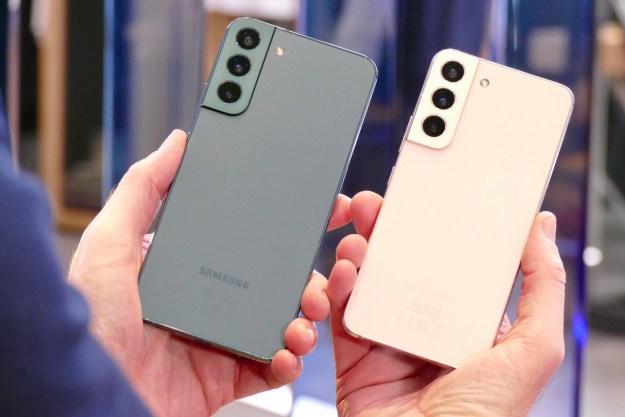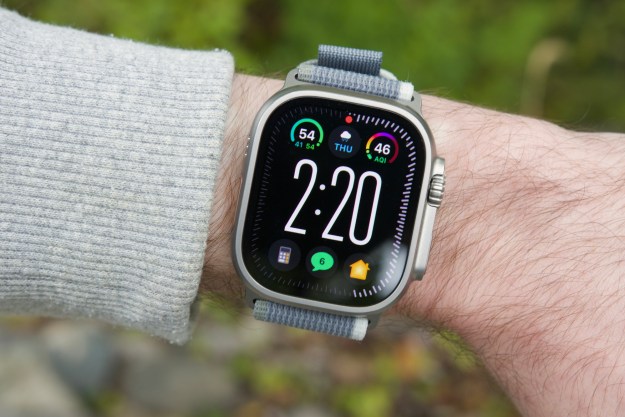
If you live in the U.S., you are probably being ripped off by your Internet service provider. That should make you angry – and it’s time to start doing something about it.
This is the message of Benjamin N. Cardozo School Professor Susan Crawford, a former special assistant to President Obama for science, technology and innovation. Crawford is on a mission to change people’s expectations about Internet service in the U.S. She has just published a new book, Captive Audience, in which she lays out exactly how the big Internet service providers (ISPs) have eliminated nearly all competition in the ISP market, which allows them to stick us with Internet service that is sub par compared to the rest of the world, and also too expensive.
In a recent op-ed for The New York Times, Crawford summed up the situation like this: “At the heart of the problem lie a few powerful companies with enormous influence over policy making. Both the wireless and wired markets for high-speed Internet access have become heavily concentrated, and neither is subject to substantial competition nor oversight. … As a result, prices are too high and speeds too slow.”
More specifically, cable giants like Comcast and Time Warner Cable have no reason to spend gazillions of dollars digging up roads to lay down fiber, which she believes is the best technology to allow for next-generation, symmetrical download and upload speeds. Companies like Verizon and AT&T have, for the most part, abandoned their pursuit of fiber services, and are instead putting their resources in LTE – which is great, but will still keep us locked into average speeds. And on the government side, we have policies that protect these companies, and even give them resources to maintain their grip on the Internet service market.
Last week, I had a chance to speak with Crawford about this subject, and I finished the conversation even more convinced that the Internet service game is rigged against us. Furthermore, I realized that the only way this situation is every going to change is from the ground up: We, the people, must fight for better Internet service.
“What we need to do is change Americans’ expectations,” says Crawford. “It’s going to take so long to change federal policy that the way to go at this problem is to start at the city level, so people get upset or disappointed at the status quo, and start advocating for changes when they see that a neighbor city has fiber and they don’t.”
The resounding success of Google Fiber in Kansas City has already started to help this shift in expectations. People around the country are already jealous that some people have access to 1 Gbps Internet for just $70 a month, but most of us don’t.
The more places we have like Kansas City, Crawford argues, the more pressure people will start to put on local politicians to establish their own fiber networks.
“My expectation is that Kansas City is going to provide us with that visual, a picture of what it’s like to live in a place that has a gigabit symmetrical connection,” says Crawford. “When people see it, touch it, feel it – only that changes their minds.”
We need, in other words, more companies than just Google offering fiber service. (Verizon FiOS barely counts, as it’s only available in a limited number of markets.) Unfortunately, there are a number of impossibly tall barriers standing in the way of local communities who might want to launch their own municipal fiber networks to compete with the cable and wireless giants. The main one, of course, is money.
“This is all just about money,” says Crawford. “The barriers to entry is having access to low-interest, long-term financing that will allow a competitive fiber provider to show up [and build out the network].” And right now, those loans aren’t available.
One part of the solution, says Crawford, is for the Federal Communications Commission to better allocate the $115 million that’s available through the Connect America Fund, which is supposed to help provide broadband Internet service to people that don’t yet have it, or can’t afford what’s available in their area. There’s just one problem.
“Right now, that money is going mostly just to traditional players,” says Crawford. “And they don’t have much incentive or desire to invest in upgrading their service.”
According to Crawford, the FCC “feels constrained” by statutes that limit the types of companies eligible to receive CAF money. If this changes, we could see the emergence of all types of new fiber Internet service providers pop up around the country – it wouldn’t only be Google.
“Opening up financing and creating the legal structures to make it easy for cities [to build their own fiber networks] would radically change the situation in American,” says Crawford.
Of course, there are plenty who don’t want anything to change at all. Analyst Bret Swanson, for example, brushed aside Crawford’s arguments in a recent Forbes column by saying, essentially, that there is plenty of competition already, and the cable and LTE are perfectly good for delivering the services we want. This sentiment was echoed in a letter to The New York Times by Steve Largent, president and CEO of CTIA – The Wireless Association, and others, who have taken to blasting Crawford in Amazon reviews of her book.
The status quo, they say, is just fine. There is no problem. The service you’re getting and the price you’re paying are exactly what you deserve. No reason to get angry. No reason to change your expectations.
This argument is not only absurd, it’s insulting. If other countries are beating us in both speed and price, then it’s time for us to change our expectations, and start demanding something better.
Have your doubts? Take a look at your most recent Internet service bill, and think about the fact that people in Hong Kong can get a 500Mbps symmetric fiber connection for just $25 per month, and tell me you’re happy with the way things are.


